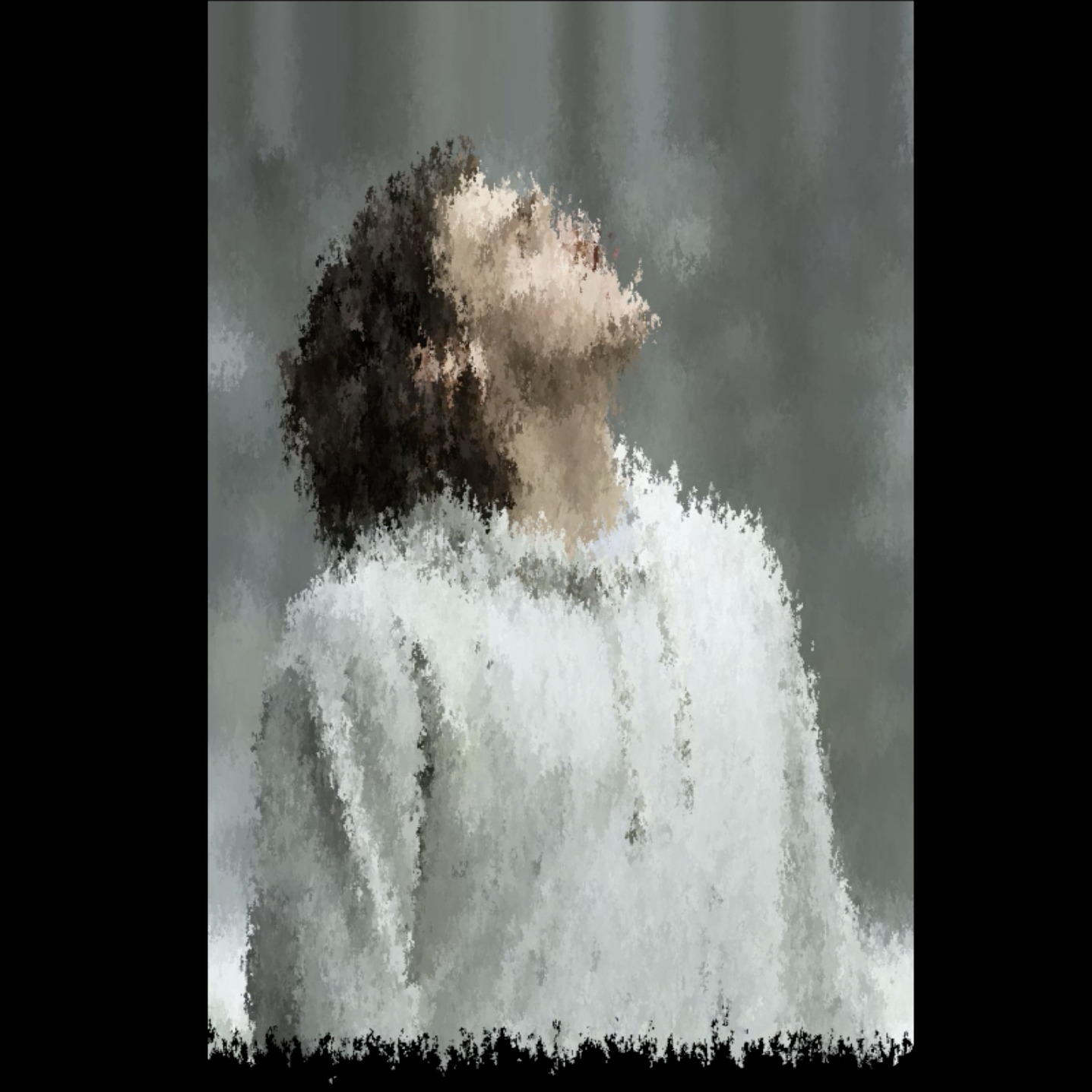Poor David
UCSB Elings Hall & Santa Barbara Center for Art, Science, and Technology
This piece started as a final project for a "Fundamental Skills of Media Arts" class, where I jumped at the access to a 3D printer to explore my ideas of glitch in the physical world. I generatively modified a 3D scan of Michelangelo's David in Blender and, in the printer slicing software, purposefully removed the auto-generated supports in specific areas to encourage collapse. I also animated three different forms of destruction- shattering, overgrowth, and dissolving- in Blender to project onto the printed forms. The final piece was composed and projection mapped in TouchDesigner.
A few months later I was invited to exhibit alongside graduate students in the UCSB Media Arts and Technology graduate program. I brought the statues to show, along with the video from ".obj", an earlier piece of mine which started my interest in bending the boundary between physical and digital.















